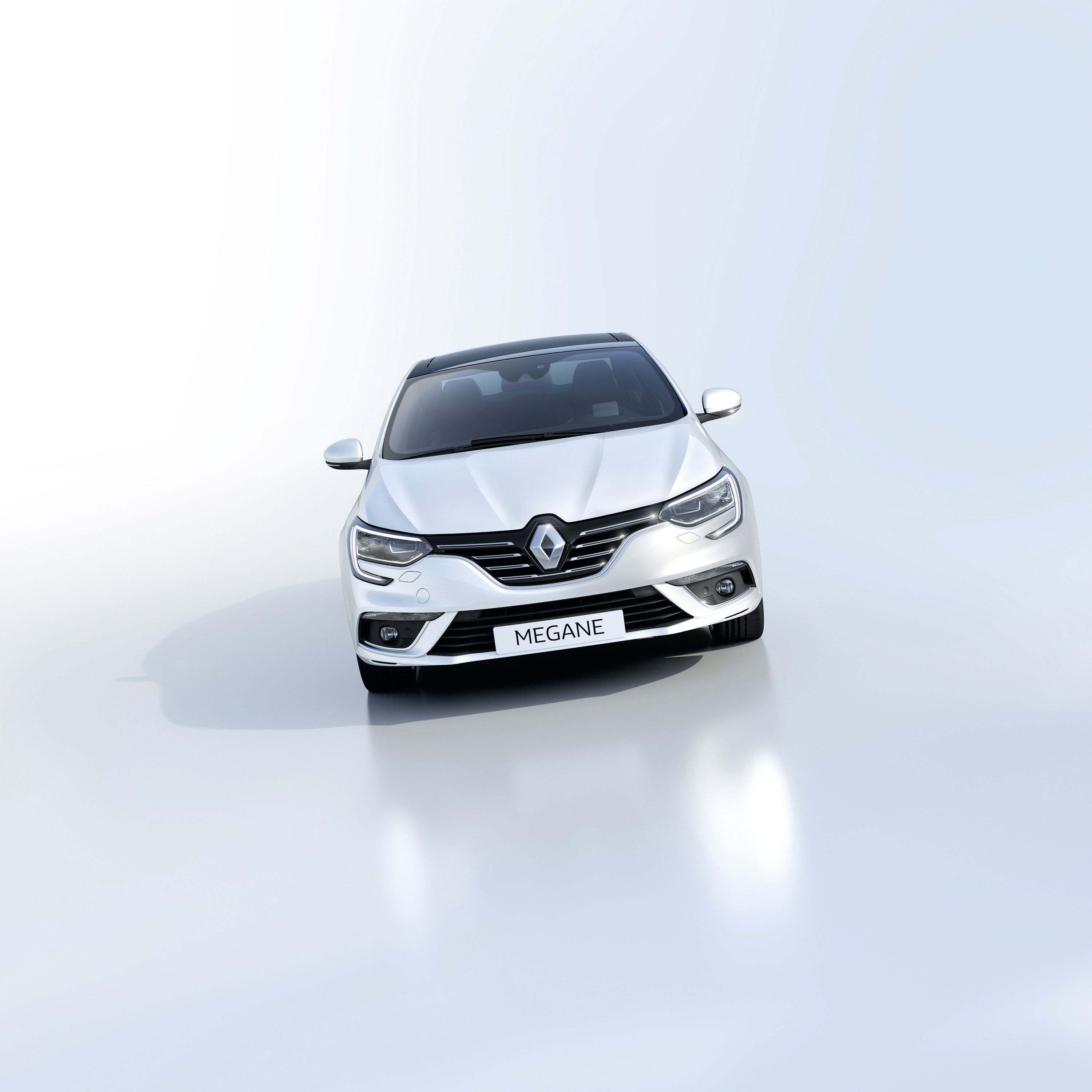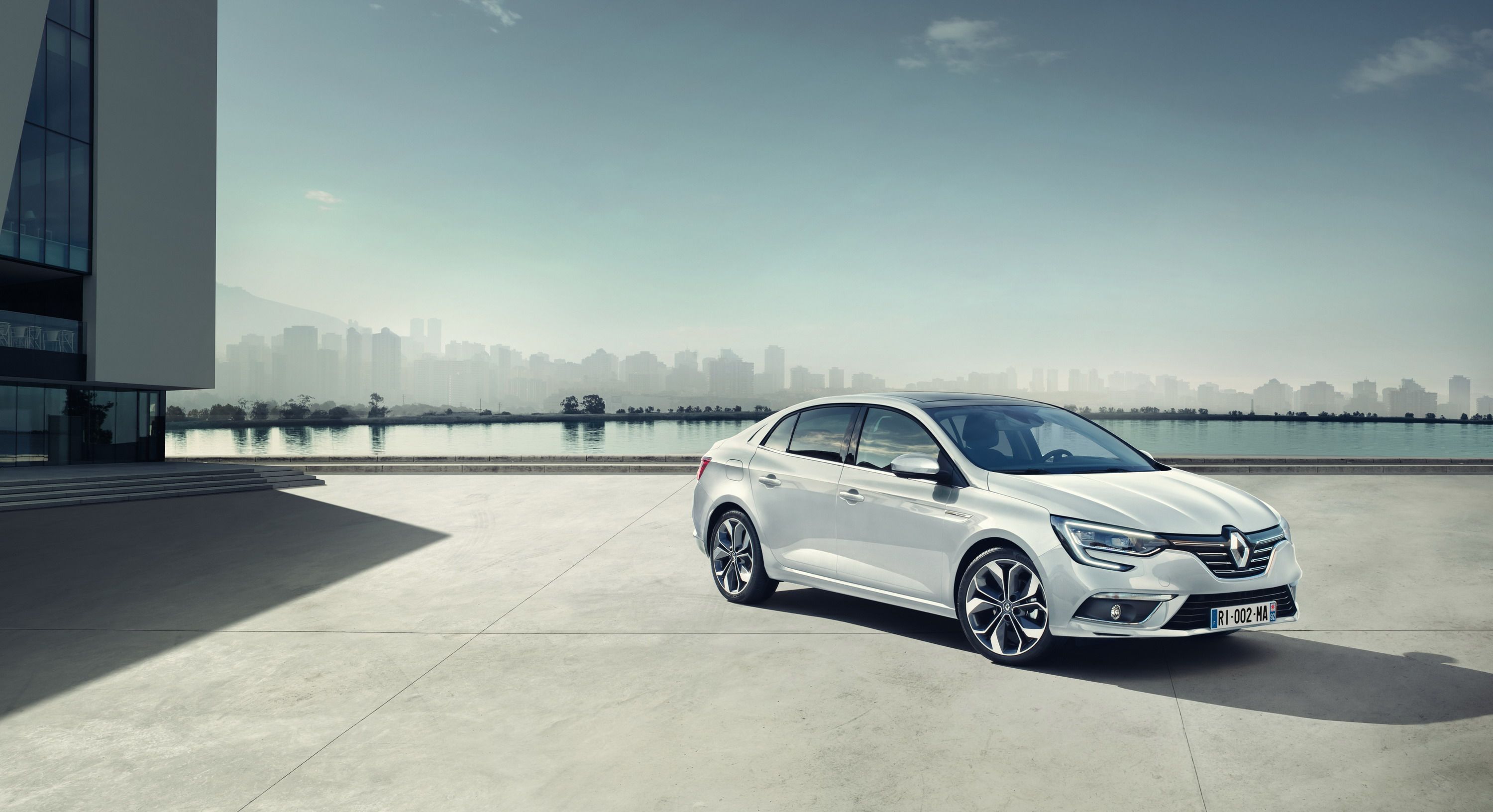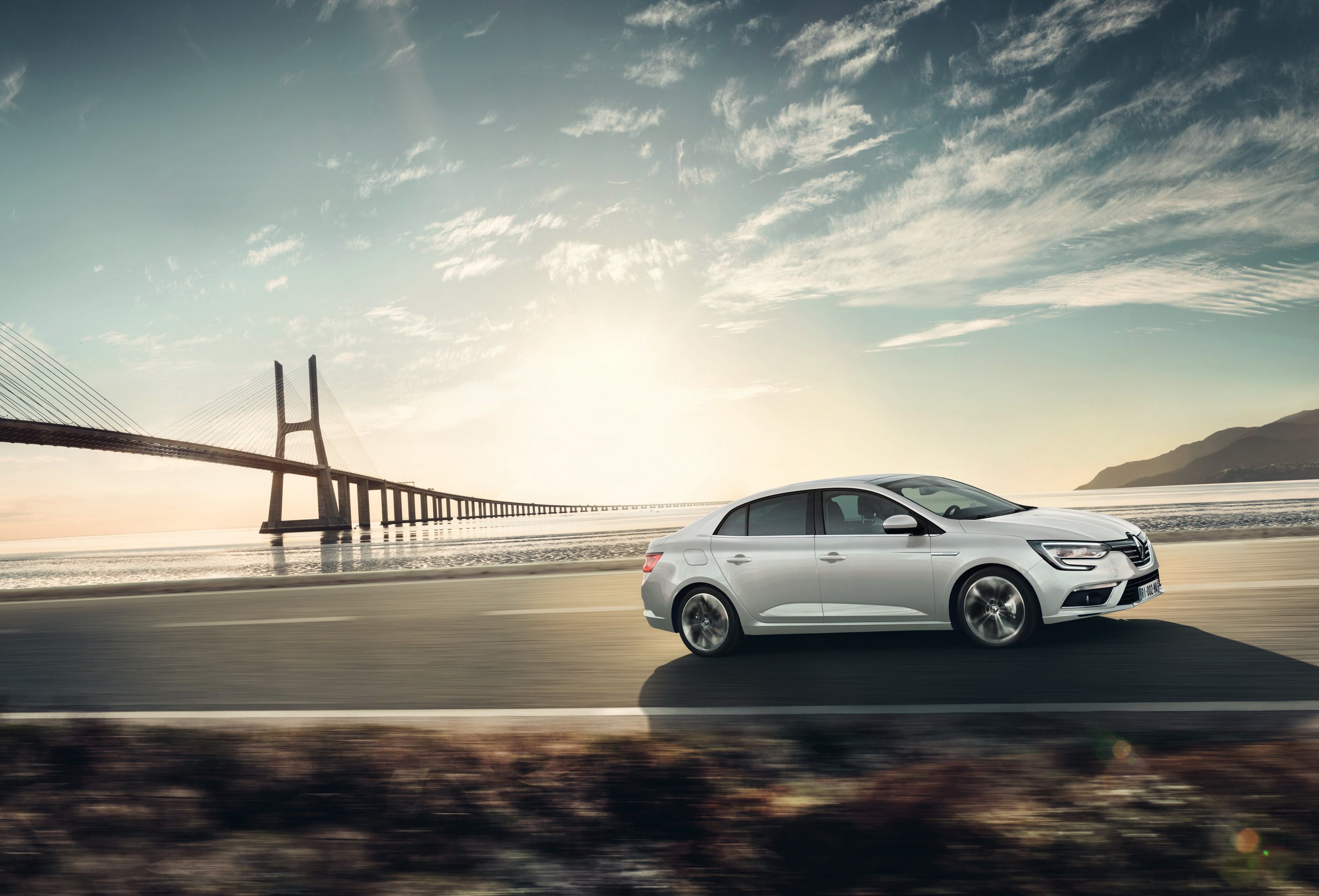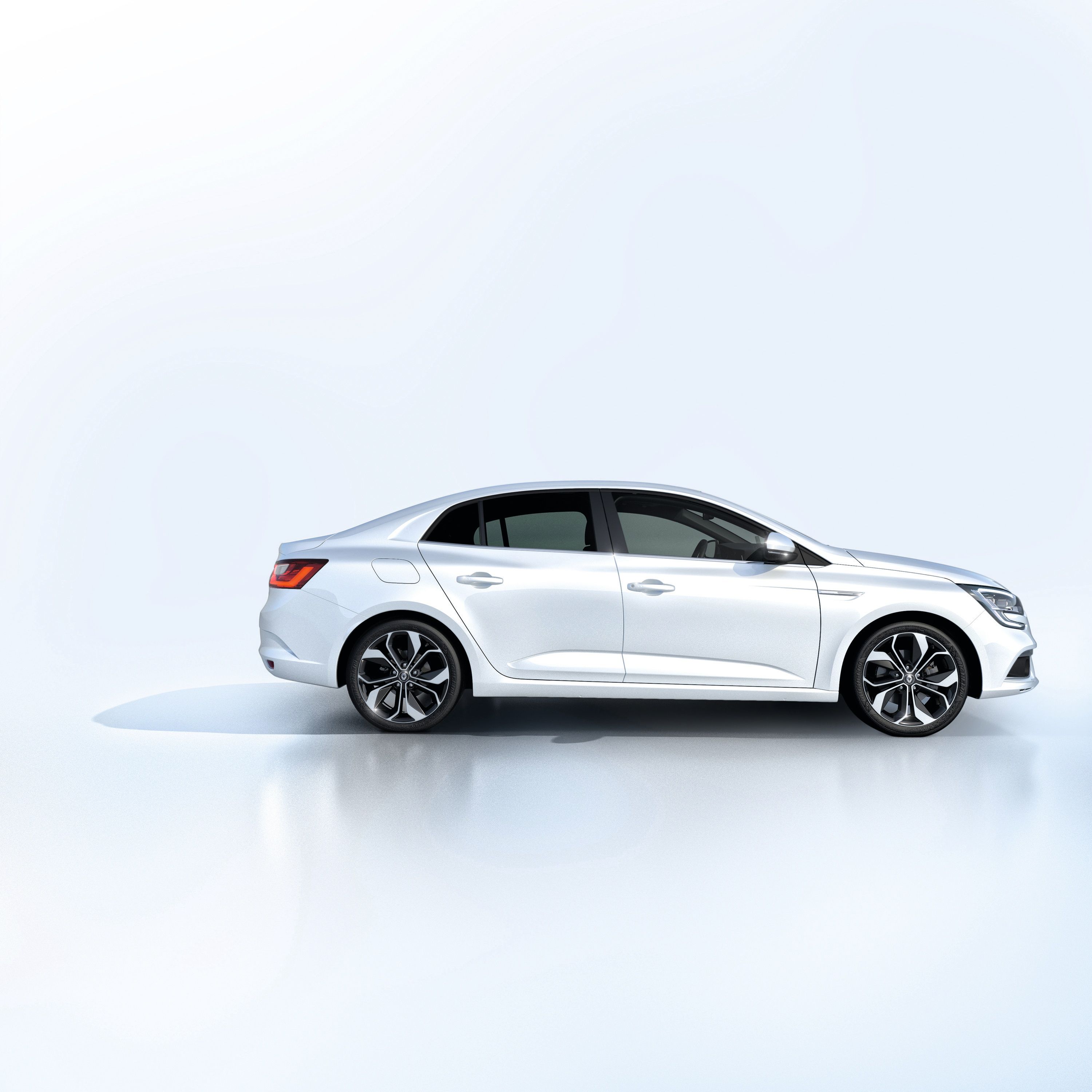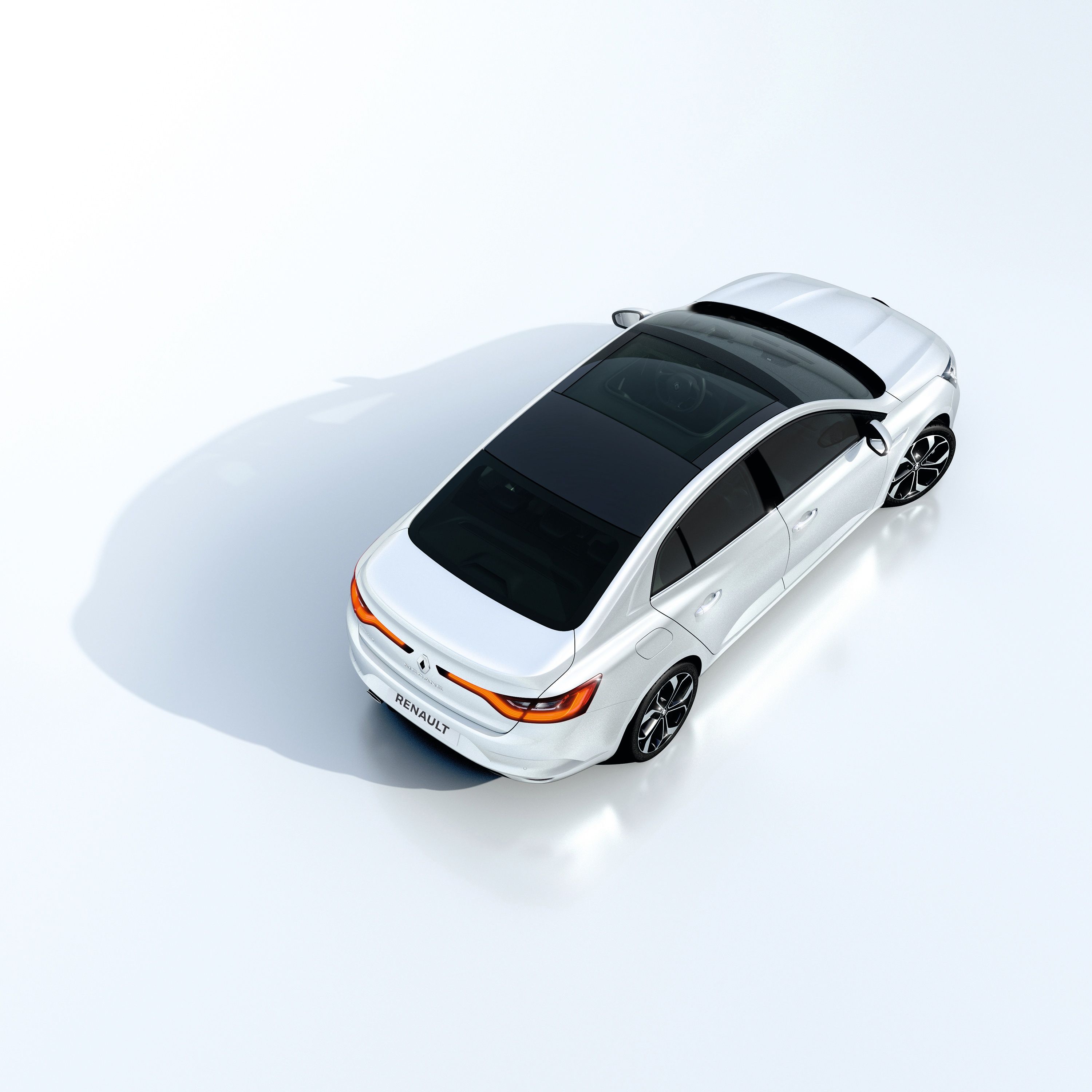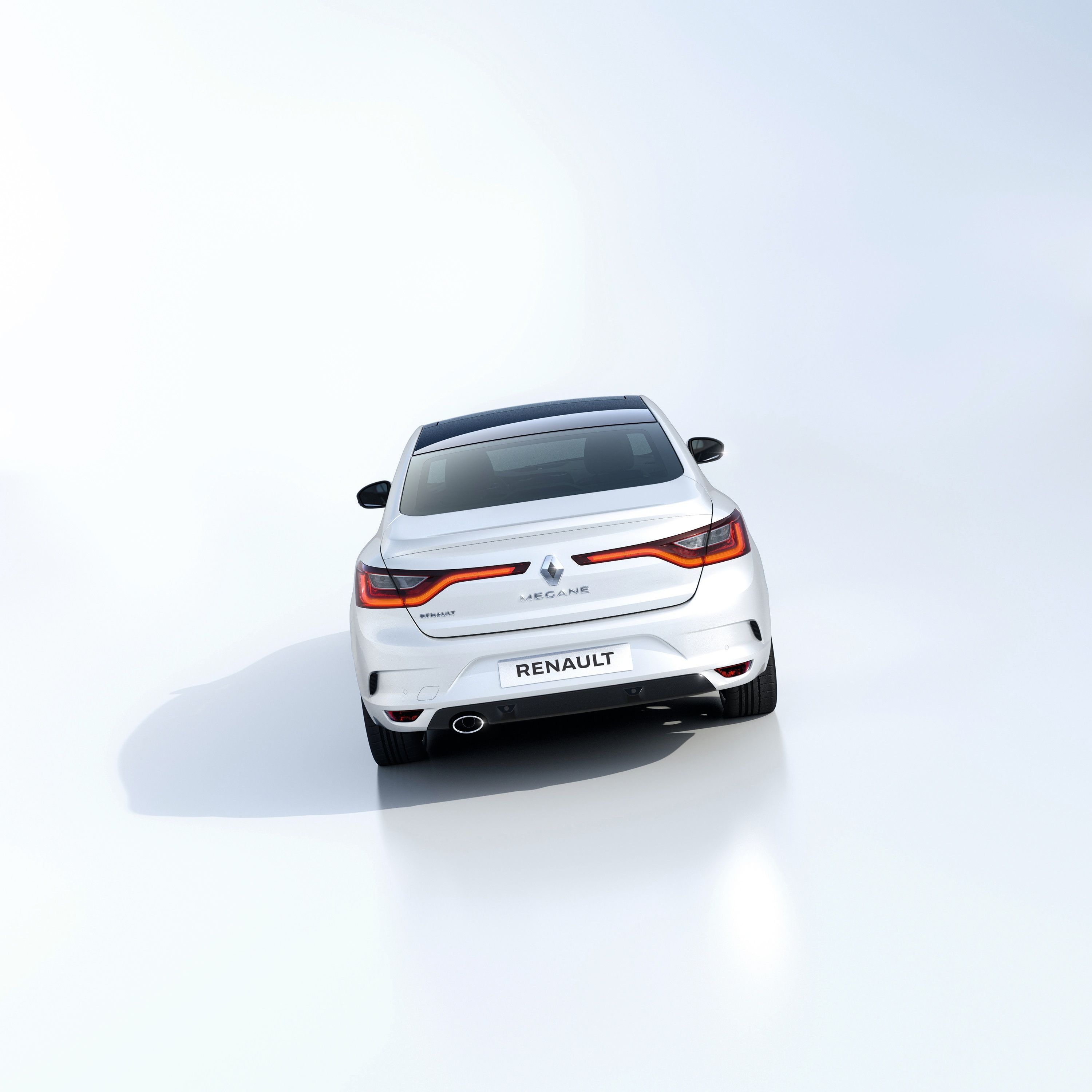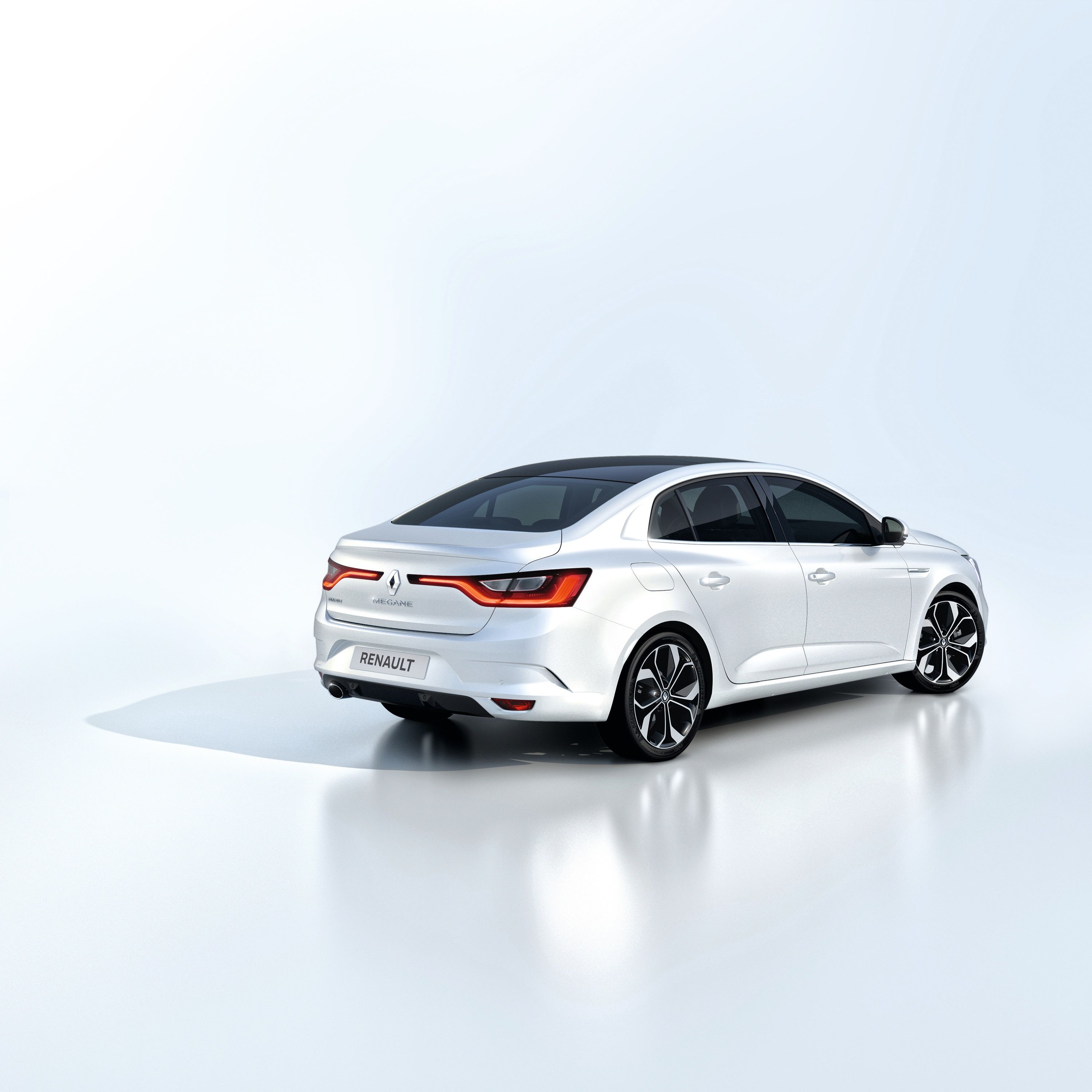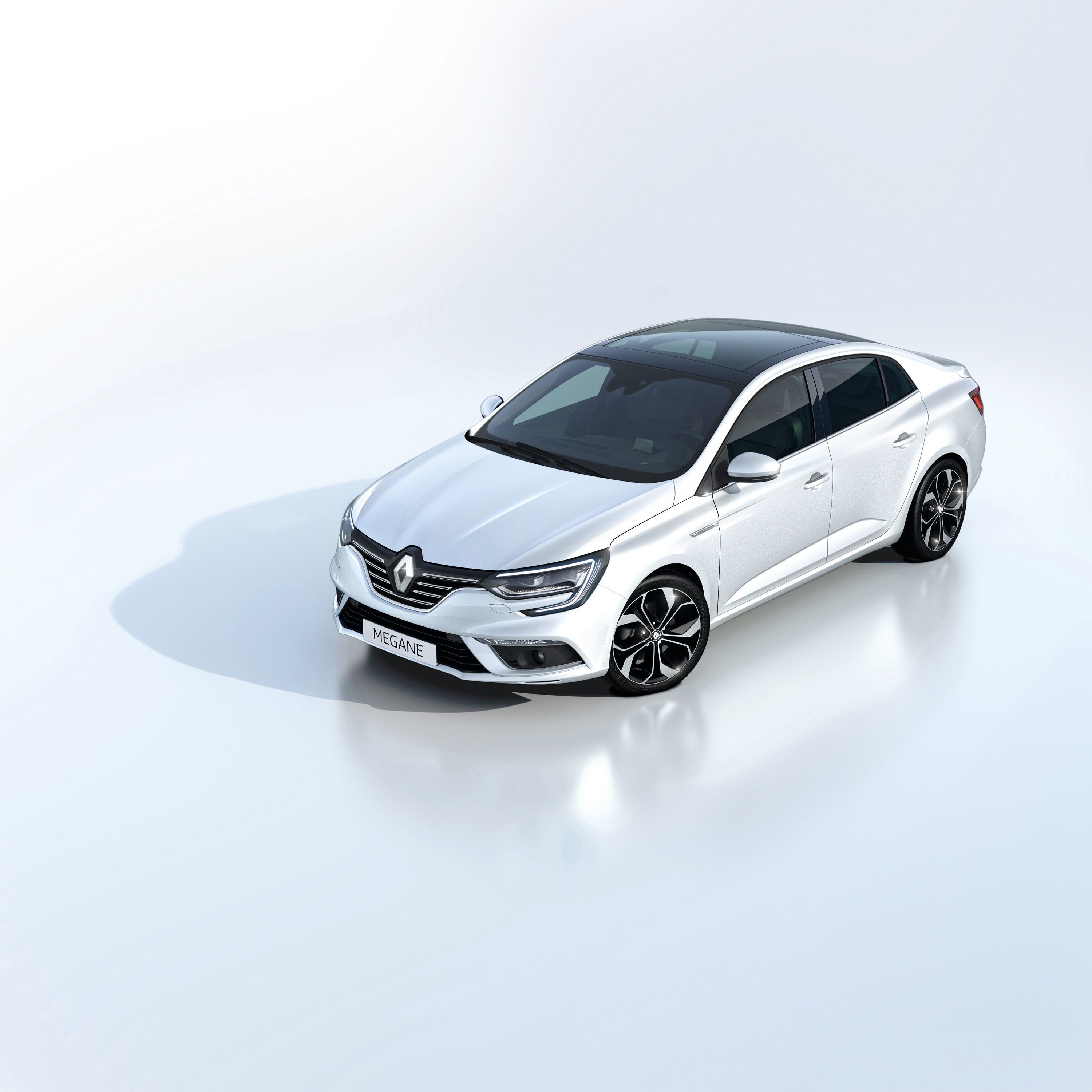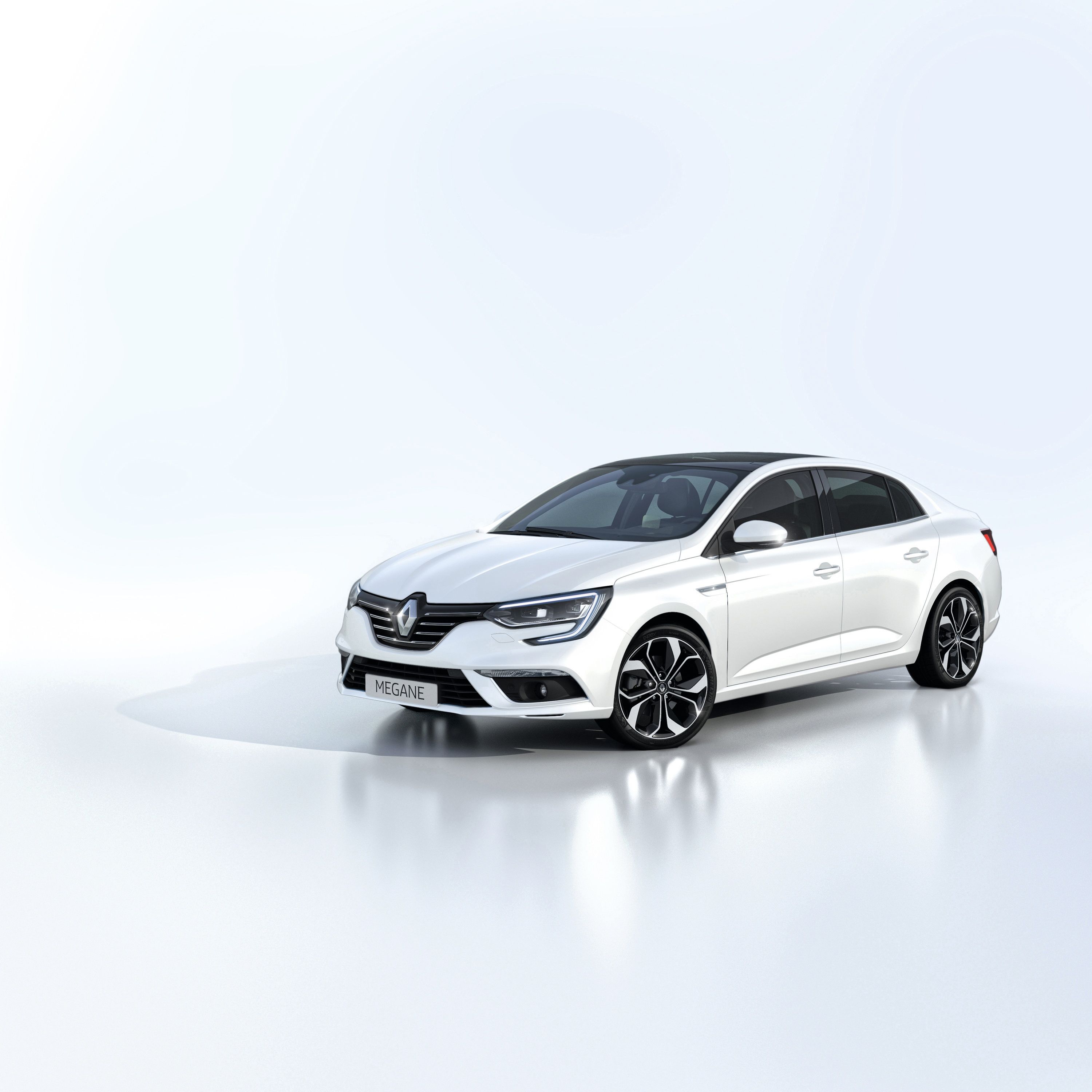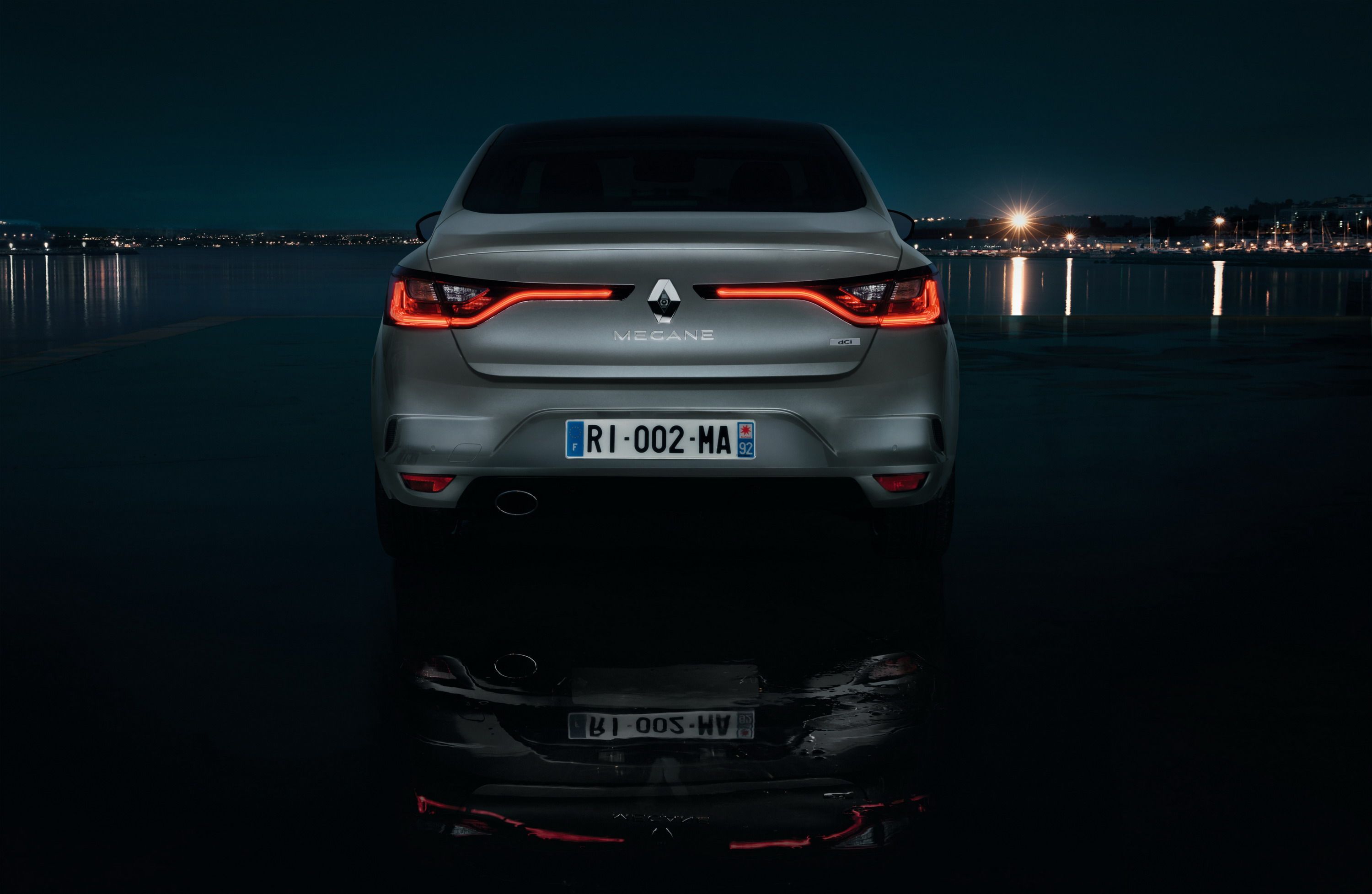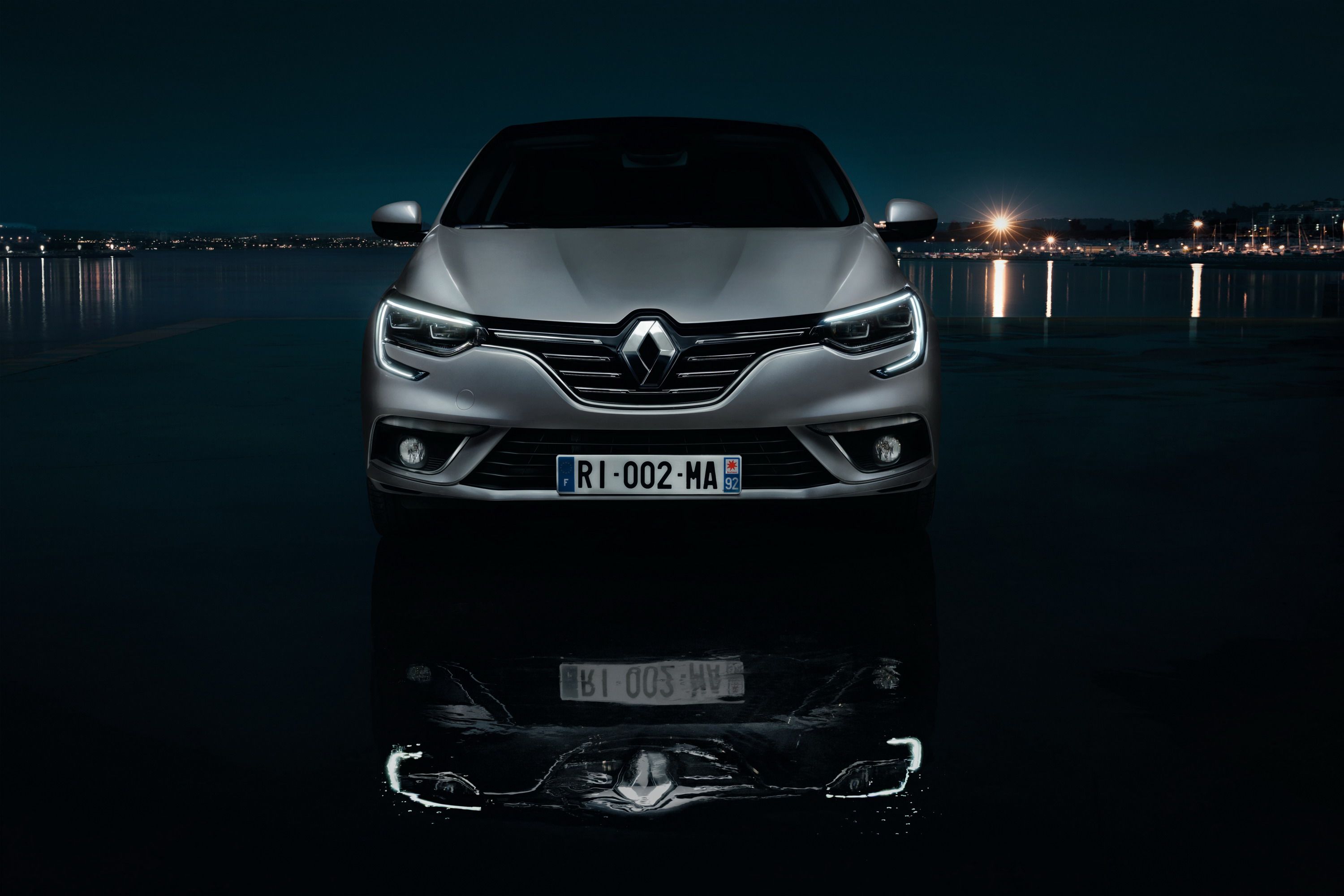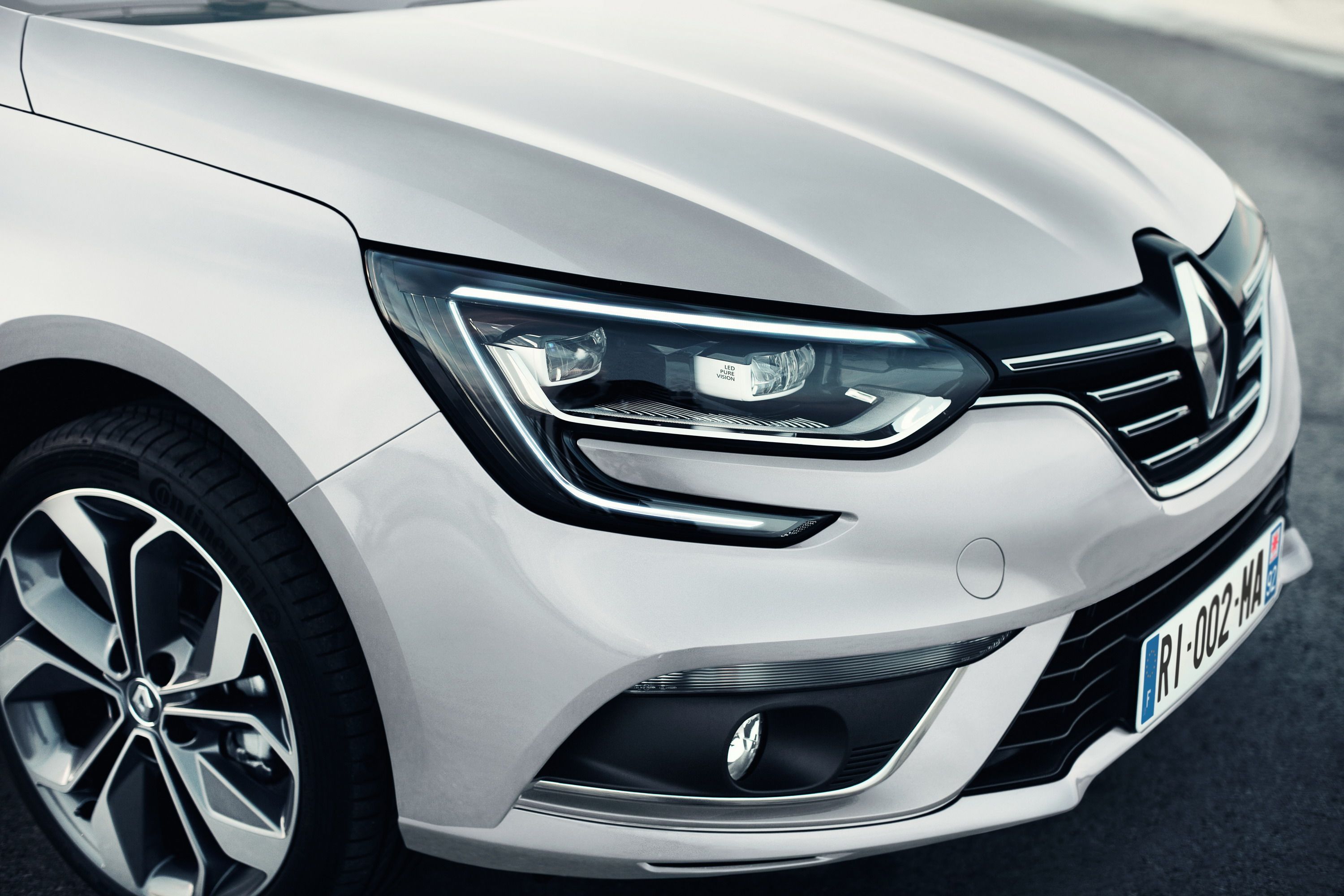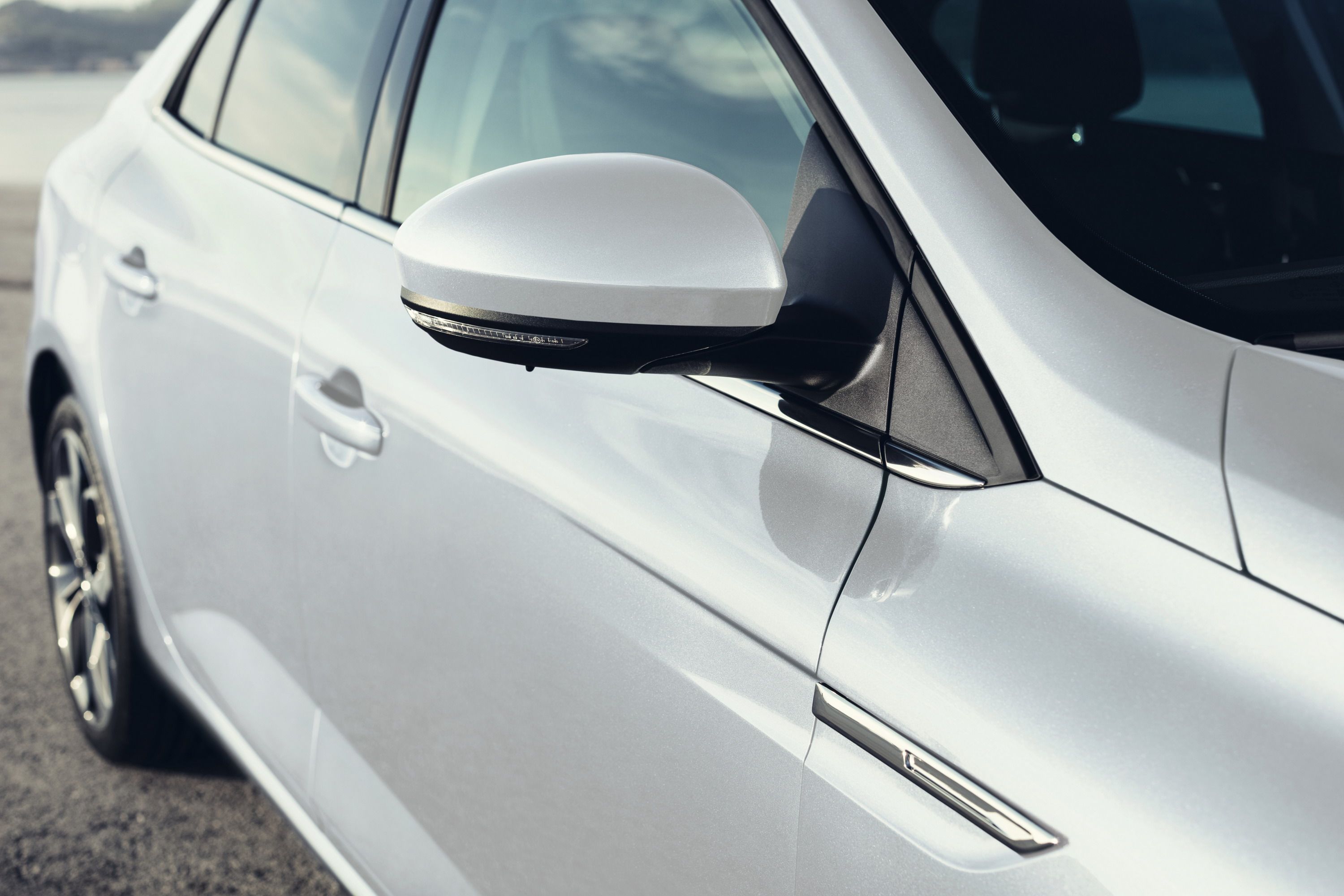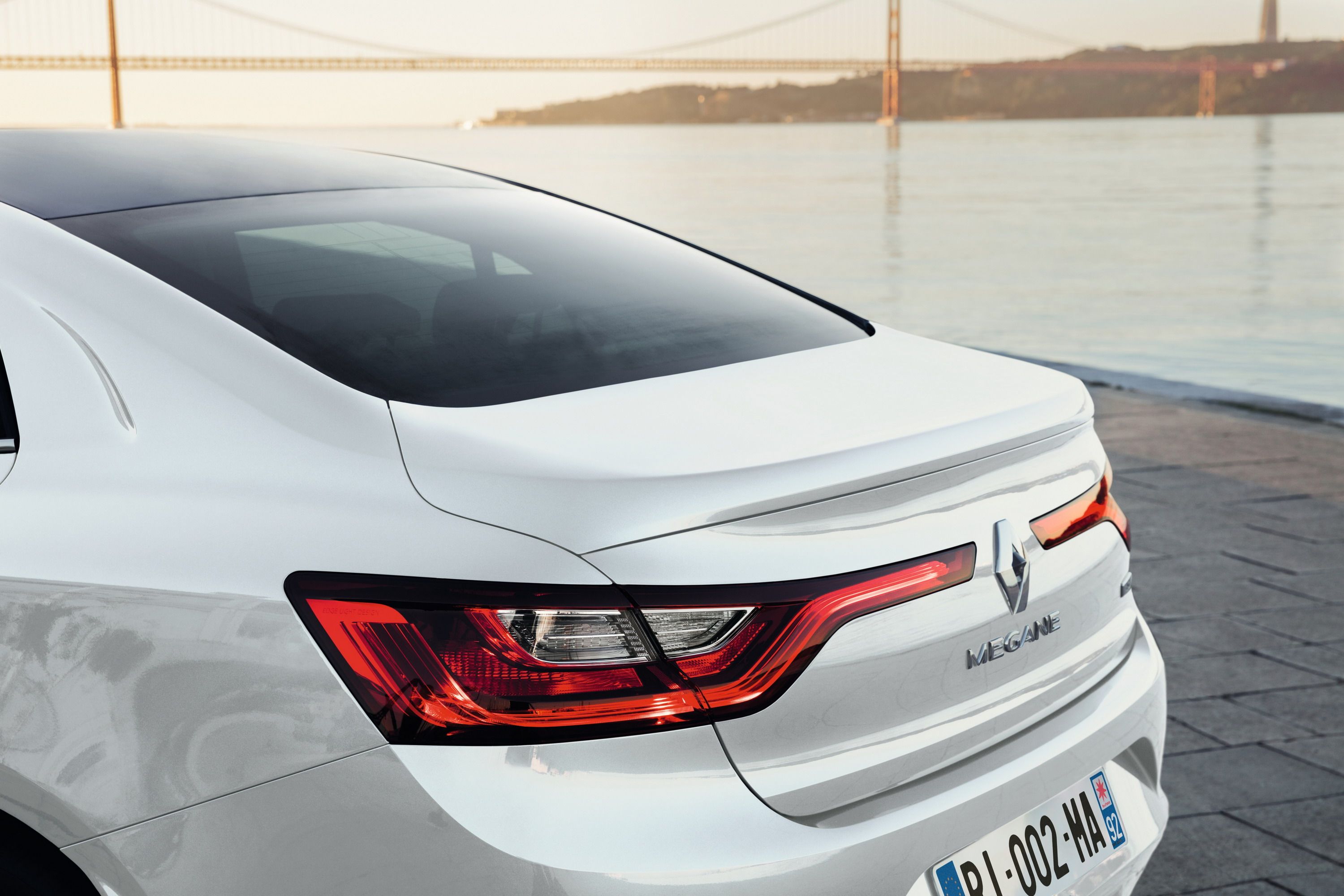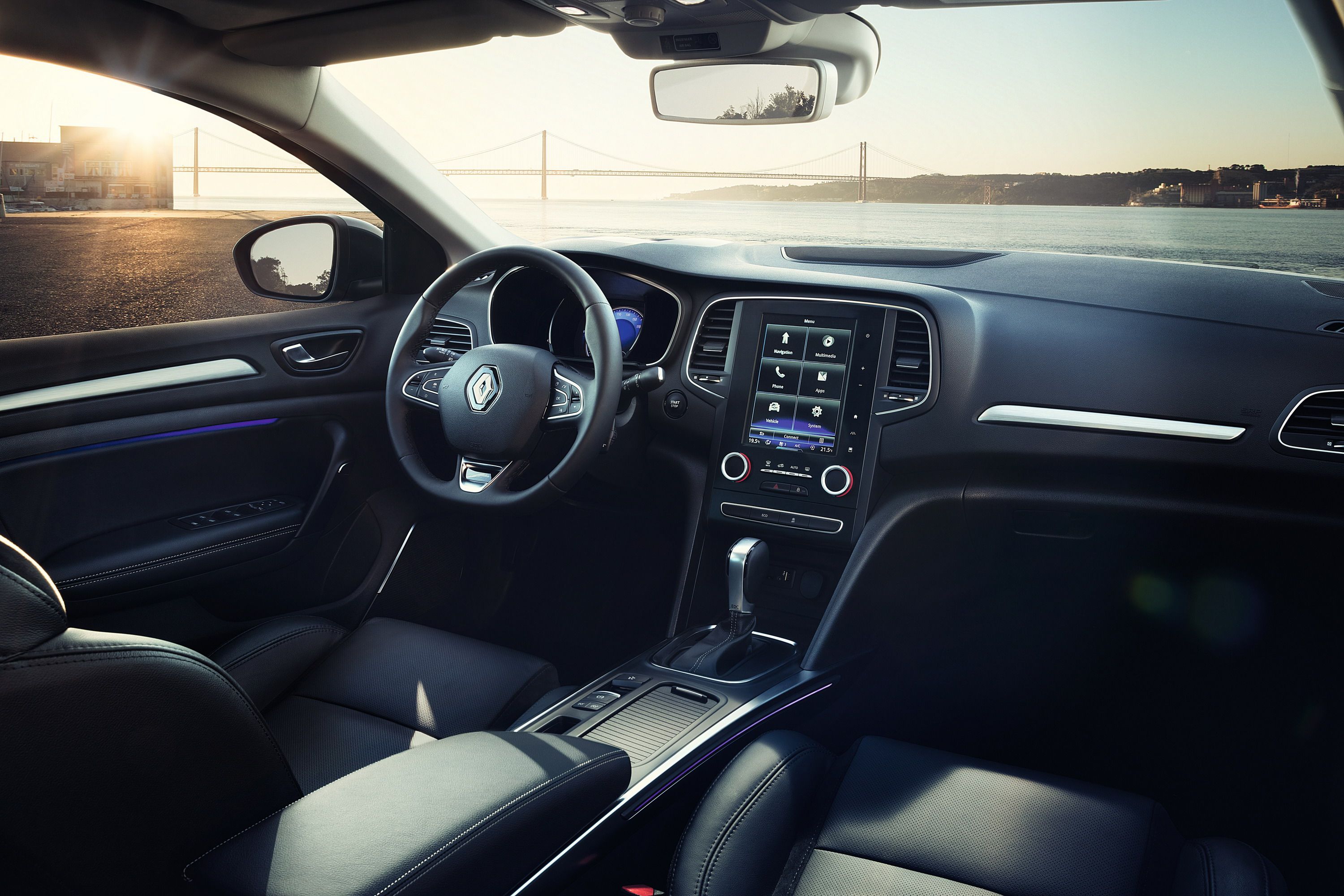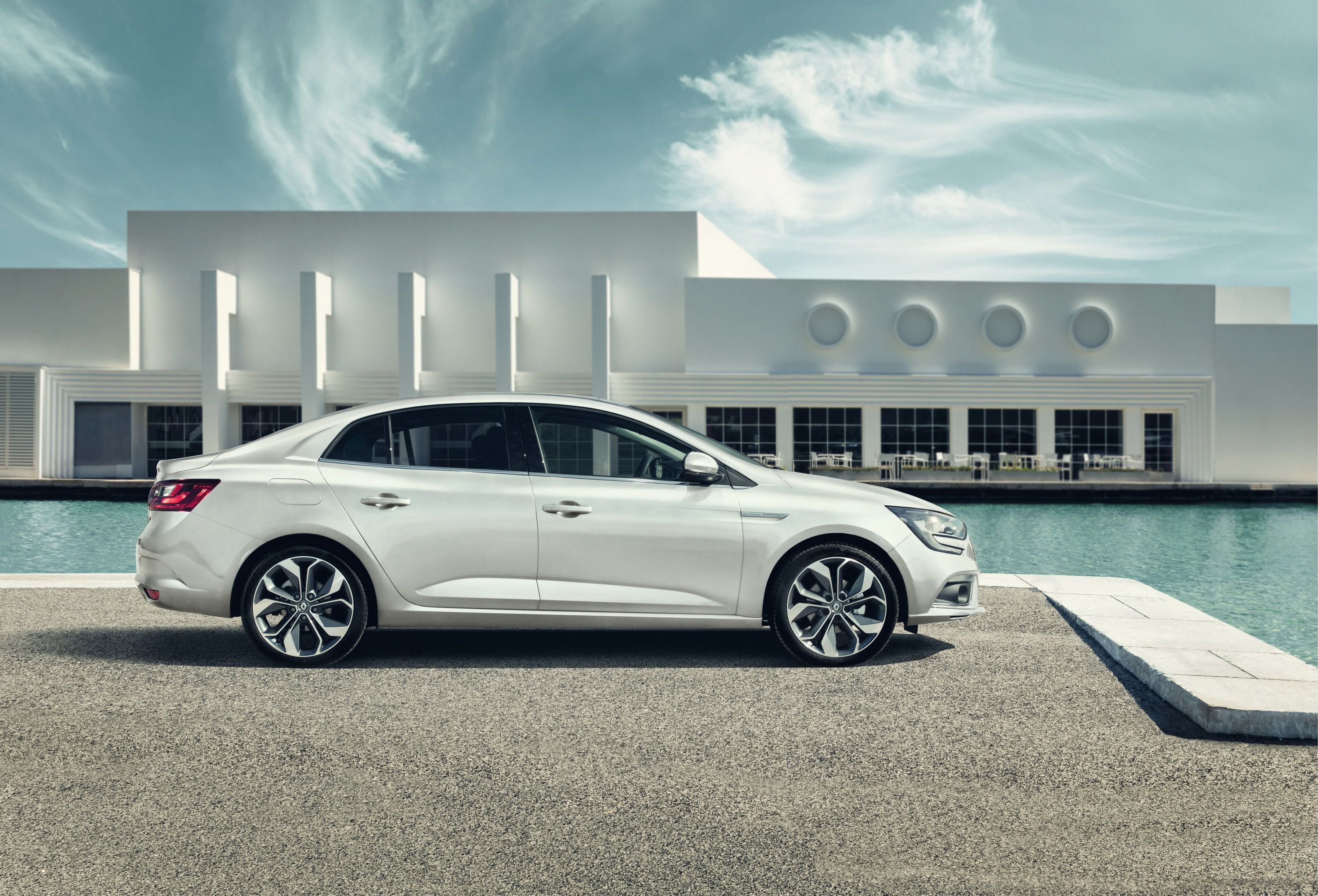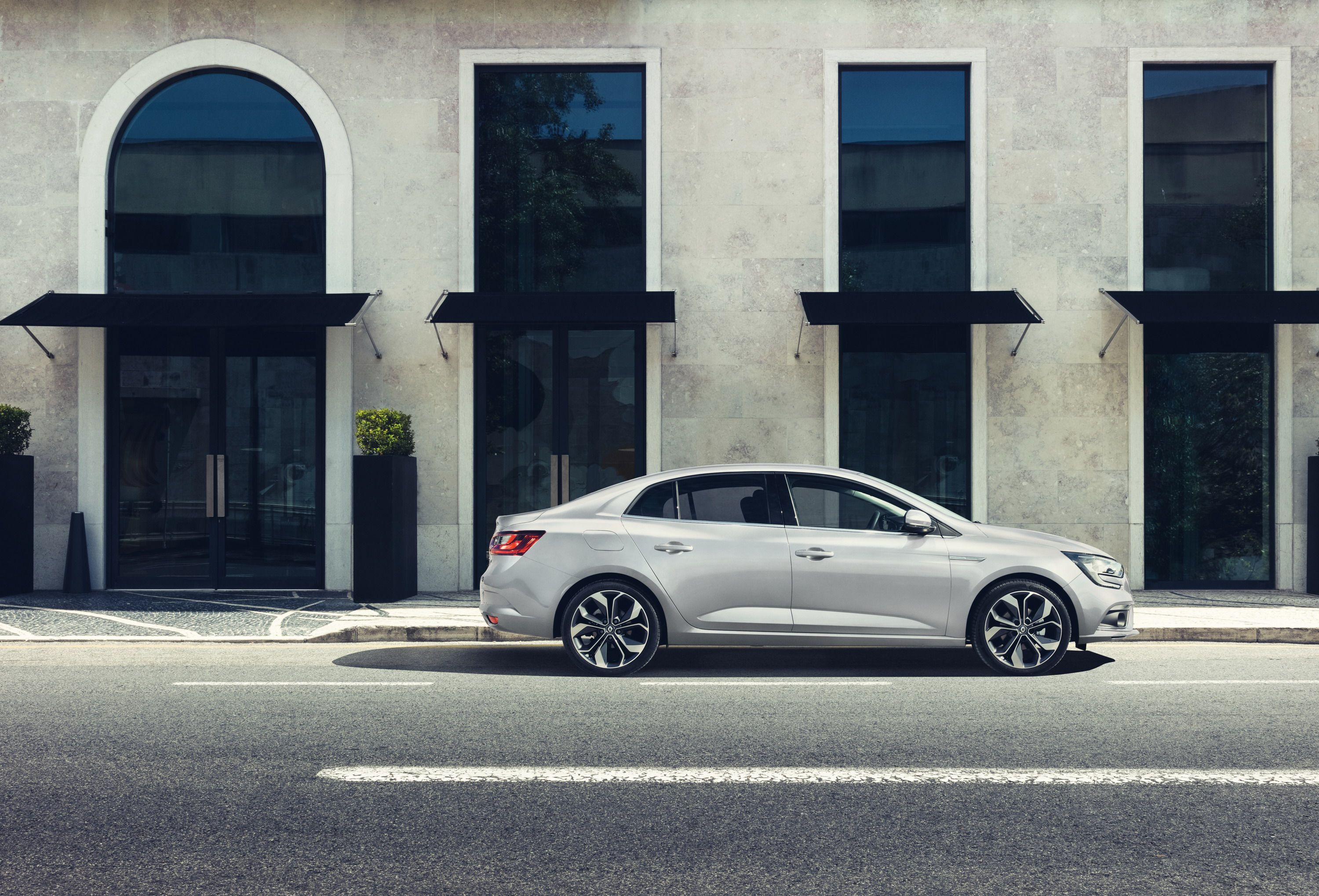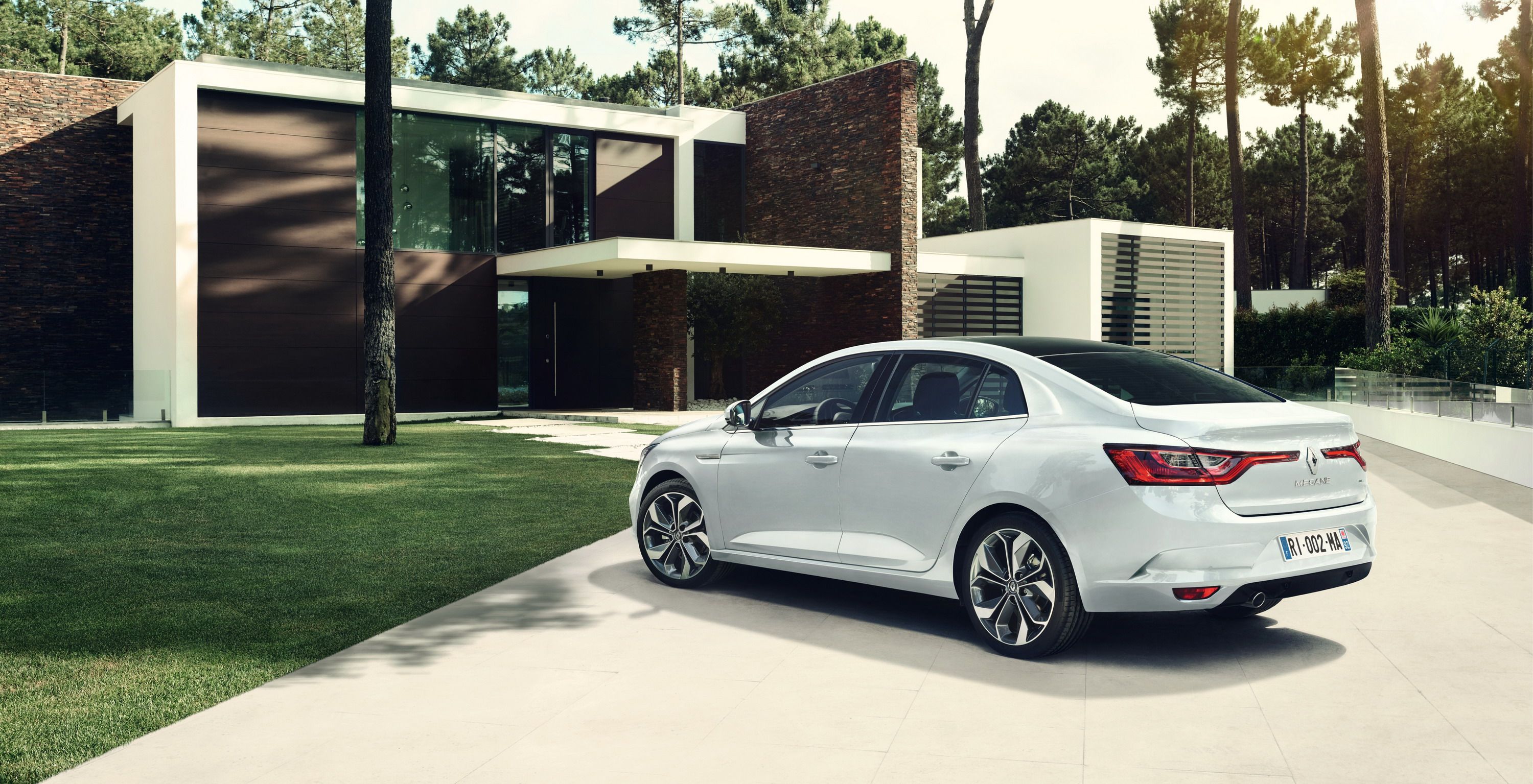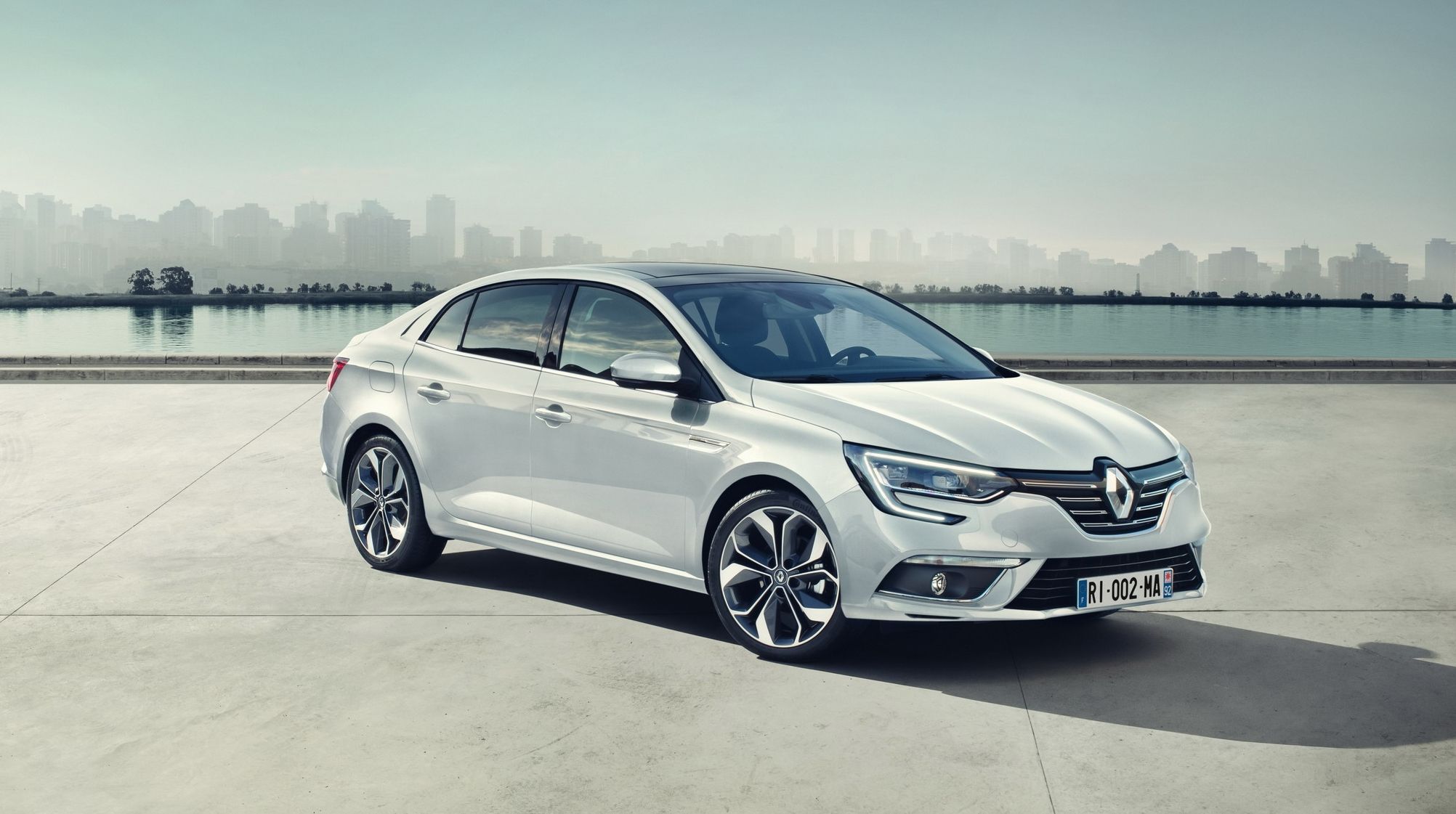The Renault brand has been doing well in recent years, with the brand’s revenue, operating income, profit, total assets, and total equity all well in the green at the end of 2015. For 2016, Renault ushered in a new generation of the Megane hatchback and, to be quite honest, it is the Megane the world has been waiting for. The hatchback is now longer and wider than before, which gives it an awesome stance, new exterior light units, and interior design cues from the 2016 Renault Tailsman. A total of six engines were available at launch ranging between 90 and 205 horsepower, depending on configuration. The standard Megane was the first to be announced and was followed by a GT and an Estate version, and not the company has just announced the Megane Sedan.
As a sedan, the car features the same front end as the hatch along with an identical side profile up to the rear doors. After that, the sedan takes on its own styling cues. The big news is that the Sedan features panoramic roof which, according to Renault, isn’t available on any vehicle in this segment. The sedan will be produced at the Bursa plant in Turkey and will be sold in at least 20 countries. As such, it will have a decent range of engines consisting of two gasoline mills and two diesel mills that offer up between 90 and 130 horsepower, depending on market.
With that said, let’s take a look at the new Megane Sedan and talk a little about it in the review below.
Update: 07-16-2016: Now that Renault finally has a proper sedan, we decided to put together a short video to cover all the highlights of the brand's latest edition. Click play on the video above to learn more about the Megane Sedan.
Continue reading to learn more about the 2017 Renault Megane Sedan.
2017 Renault Megane Sedan
- Make: Array
- Model: 2017 Renault Megane Sedan
- [do not use] Vehicle Model: Array
Exterior
Renault has yet to release official measurements for the new Megane Sedan, but considering it is identical to the hatchback all the way back to the rear doors, it’s safe to assume that it is just as wide as the hatchback. It also appears to have the same wheelbase and ride height, but it is a bit longer than the hatch thanks to its sedan nature. With an official trunk in the rear, it looks like the Megan sedan is roughly about a foot longer in the rear.
There are a few minor differences to the side profile that are noticeable to the trained eye. First, the stationary window in the rear door is just a little bit taller, with the waistline at the rear sitting a little lower than on the hatchback version. Due to this styling, the body characteristics at the rear aren’t are prominent as they are on the hatch. The wraparound taillights are the same shape but are larger on the sedan than they are on the hatch. There is also a weird impression just behind the rear door’s glass, which is a little weird, but it seems to fit the contour of the slope in the rear.
Around back, the outer portions of the taillights are, indeed, taller, but the extensions that carry over onto the trunk lid are identical to those on the hatchback. The rear decklid swoops upward in the rear, providing a built-in, spoiler-like element. The rear fascia is similar to that of the hatch, but it features a small air vent in each corner as well as a pair of half-moon reflectors. With the panoramic roof giving a darker appearance to the top of the car, the sedan as a sporty and inviting two-tone look. Not bad, Renault – you actually built a decent sedan.
Interior
As is the usual case with the introduction of new body style to an existing range, the Megane Sedan features an Identical interior to that of its hatchback and estate brothers. As you can see it has chrome trim markers on the door panels, shifter handle, center console, center stack, and instrument cluster. The instrument cluster is made up of a seven-inch display, while the center stack features a vertically oriented, 8.7-inch RLINK2 infotainment system. While the display screen and system looks a little primitive – kind of like a tablet you might buy on eBay, for example – you’ve got to hand it to Renault for coming up with a simple and functional cabin.
The seating of the Sedan is identical to that of the hatchback, with the front seats featuring perforated center inserts and large bolsters on the sides to give them a sportier feel. Renault has yet to release images of the rear seats, and this is where I expect there to be a little bit of difference. Since the Megane has traditionally been a hatchback, it’s only feasible to think that the rear seats in the sedan will lay down to provide even more cargo room in the event that it is needed. According to Renault’s press release, the Megane Sedan boasts “top-level rear-seat spaciousness,” with 17.94 cubic feet of trunk space. Furthermore, the trunk has hands-free access, which is also a newer feature for the Renault brand.
Drivetrain
Unlike most U.S.-based brands, Renault vehicles normally have a huge list of available engines and, in this case, the Megane sedan will be offered with five different powertrains at launch. On the gasoline front, there is an SCe 115 that can be paired with a five-speed manual transmission or a CVT and a TCe 130 that mates to a seven-speed dual-clutch gearbox or a six-speed manual. On the diesel front, there is the choice of a dCi 90, dCi 110, or a dCi 130. The dCi 90 and dCi 130 are available with a six-speed manual while the dCi 110 can be optioned with the six-speed or an EDC6 dual clutch transmission.
Prices
Renault has yet to release pricing information for the Megane Sedan, but with the Hatch going for £18,040 and the Sport Tourer going for £19,070 (about $23,956 and $25,324 at current exchange rates) the Sedan should fetch somewhere in the neighborhood of about $25,500. We’ll update you with official pricing as it becomes available.
Competition
Ford Focus Sedan
If the Megane hatchback competes against the Focus hatchback, then it is only logical to list the Focus Sedan here as a competitor. The Ford Focus is currently in its third generation, which kicked off in 2010, leaving the car somewhat dated despite a refresh for the 2016 model year. With the most recent update, the sedan got a fresh hood, revised lower fascia and some slightly restyled exterior light units to go with a two-piece trunk lid. Inside you’ll find a cabin that is a little more cluttered than that of the Megane Sedan with seats that aren’t quite as sporty either.
The Focus sedan is offered with a 100-horsepwer 1.0-liter EcoBoost or a 2.0-liter four-cylinder, the latter of which produces 160 horsepower and 146 pound-feet of torque. Power is delivered to the front wheels via a six-speed manual when equipped with the 1.0-liter or a five-speed manual when equipped with the 2.0-liter. At the time of this writing, the Focus Sedan is available in three different trim levels – S, SE, and Titanium – and ranges in starting price from $17,225 up to $23,225. There are plenty of options to choose from, with the range-topping Titanium model reaching upward of $30,000 when fully loaded.
Read our full review on the Ford Focus sedan here.
Toyota Corolla
The Toyota Corolla is practically a founding father of the compact market that dates all the way back to 1966 when it was first released to the Japanese market. The epitome of longevity, the Corolla has been continuously produced ever since and entered its 11th generation for the 2014 model year. With the most recent generation, the Corolla became sportier than ever featuring a stylish front fascia and striking side profile. Inside, the car isn’t exactly as inviting as the Megane, but it isn’t bad. A small touchscreen display fills the center stack, while center console is rather thin providing a little more room for front passenger comfort.
The Corolla is offered with two variations of a 1.8-liter engine, one of which produces 132 horsepower and 128 pound-feet and the other delivering 140 horsepower and 126 pound-feet of torque. Both variations are offered with a six-speed manual transmission or a CVTi-S, while the 132-horsepower variant can also be paired with a four-speed automatic transmission. At the time of this writing, the Corolla is offered in five different trim levels – L, LE, LE Eco, S, and Special Edition. The entry-level L model starts out at $17,300 while the range-topping Special Edition model claims at least $20,635.
Read our full review on the Toyota Corolla here.
Conclusion
I’m really not surprised to see the Renault decided to create a Sedan variant of the Megane. The company has been doing well lately, and if it wants to continue growing it needs to have even more options. With the lack of a proper sedan in its stable, Renault has been missing out on the opportunity to grow its sales even further and maybe even steal some customers away from competitors. Renault is far from a lackluster brand these days, and the Megane sedan is clearly evident of that. Furthermore, the introduction of a panoramic roof to go with the new sedan is pretty wild and actually gives the car a pretty cool two-tone look as well. I look forward to seeing what else Renault can come up with in the future.

